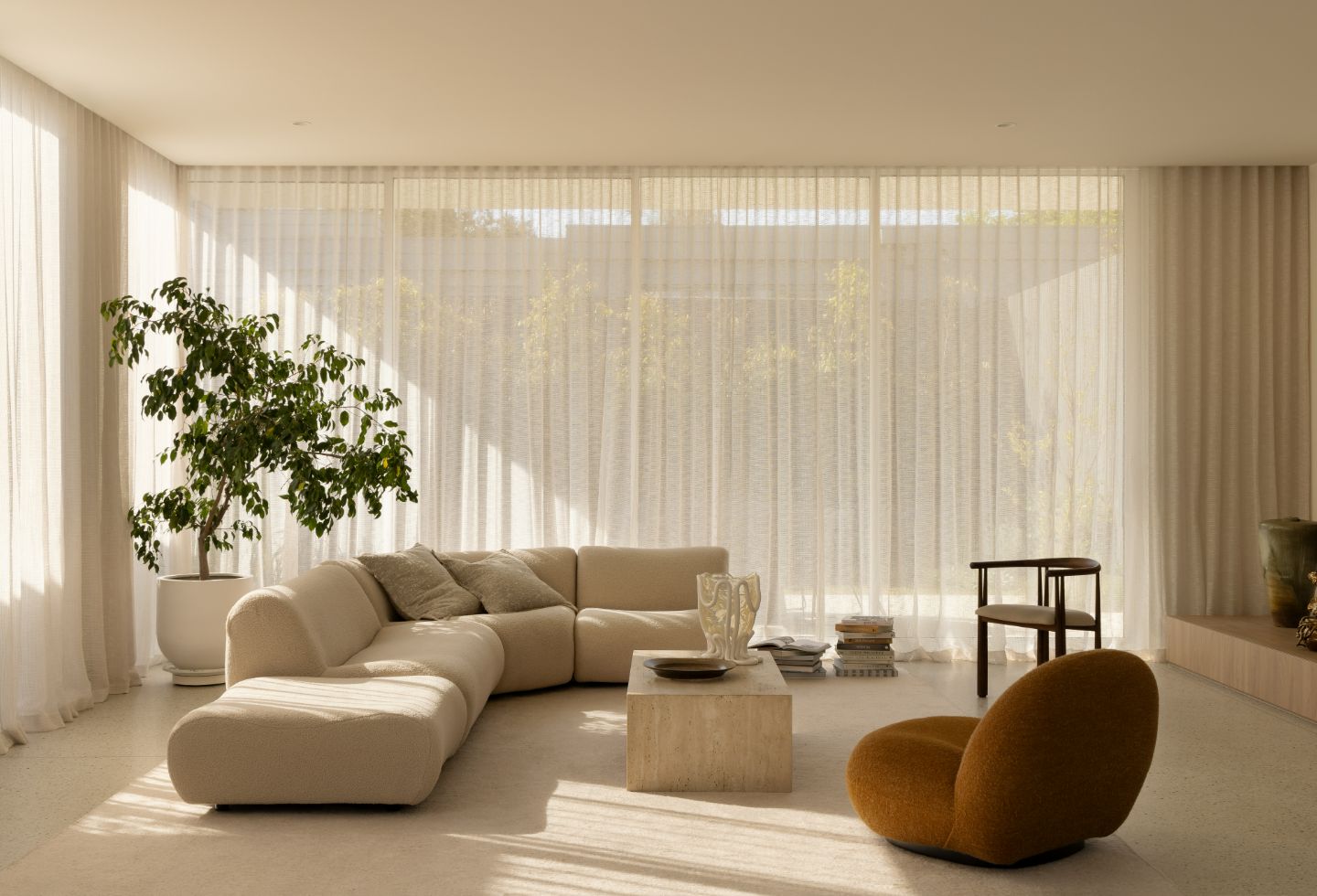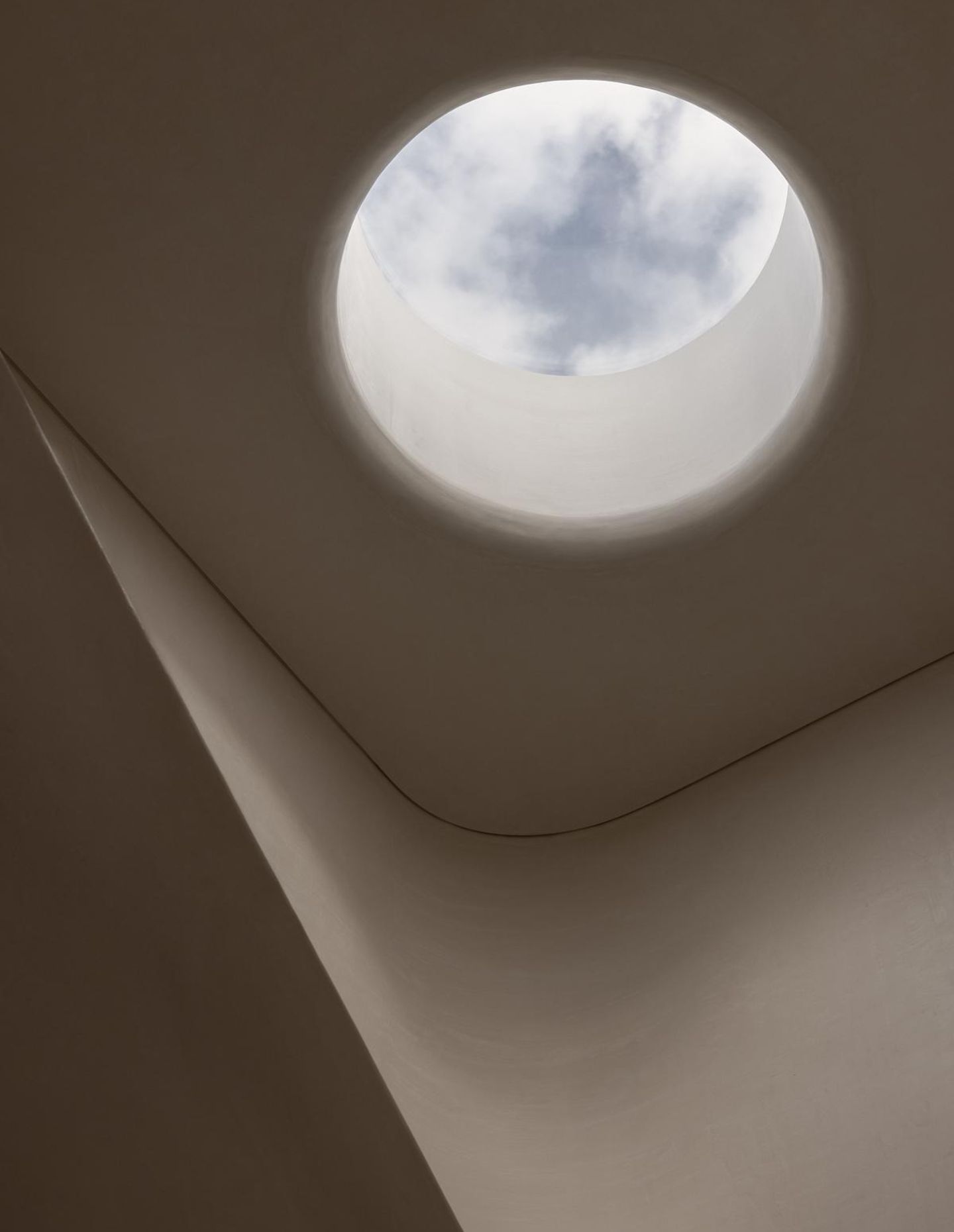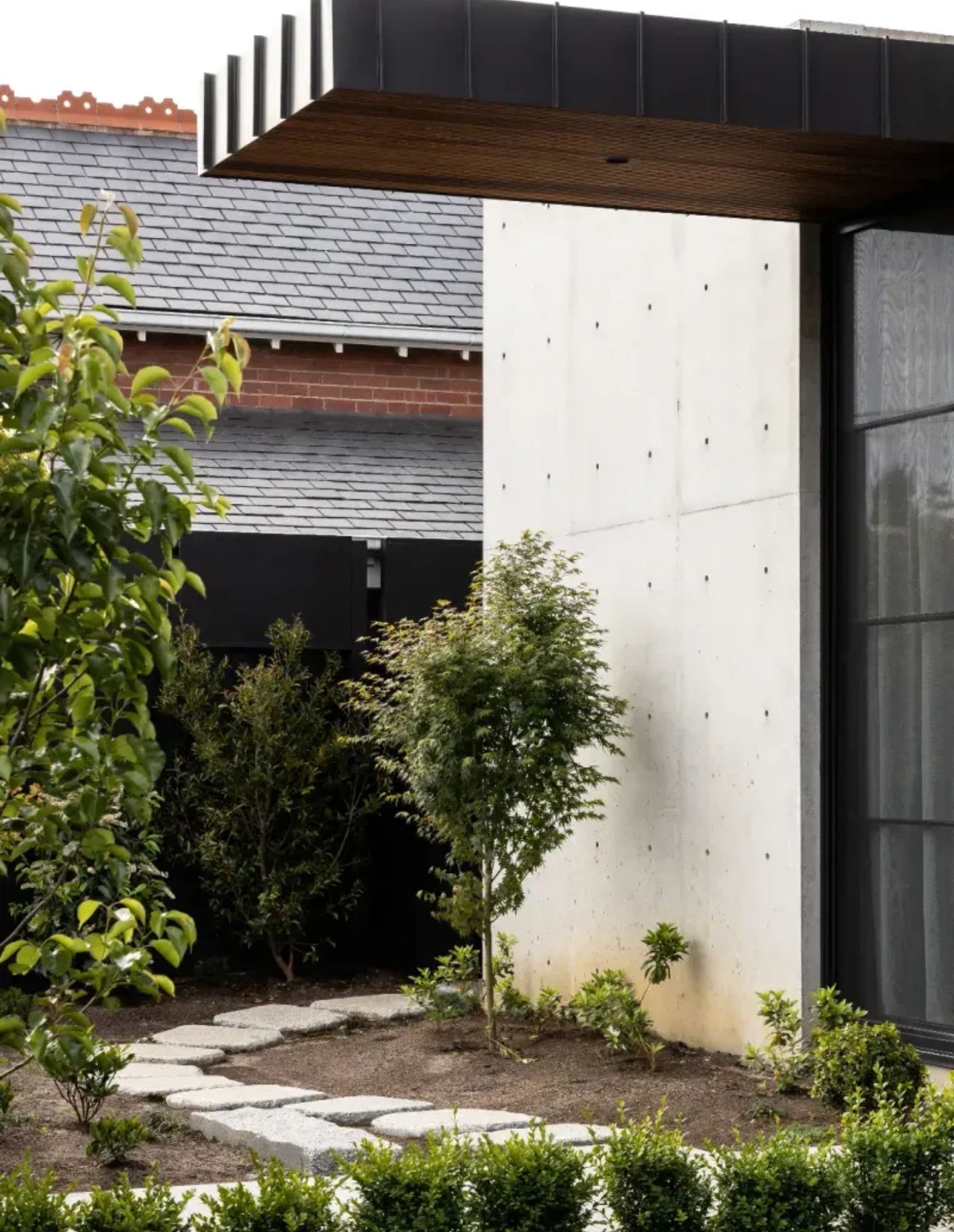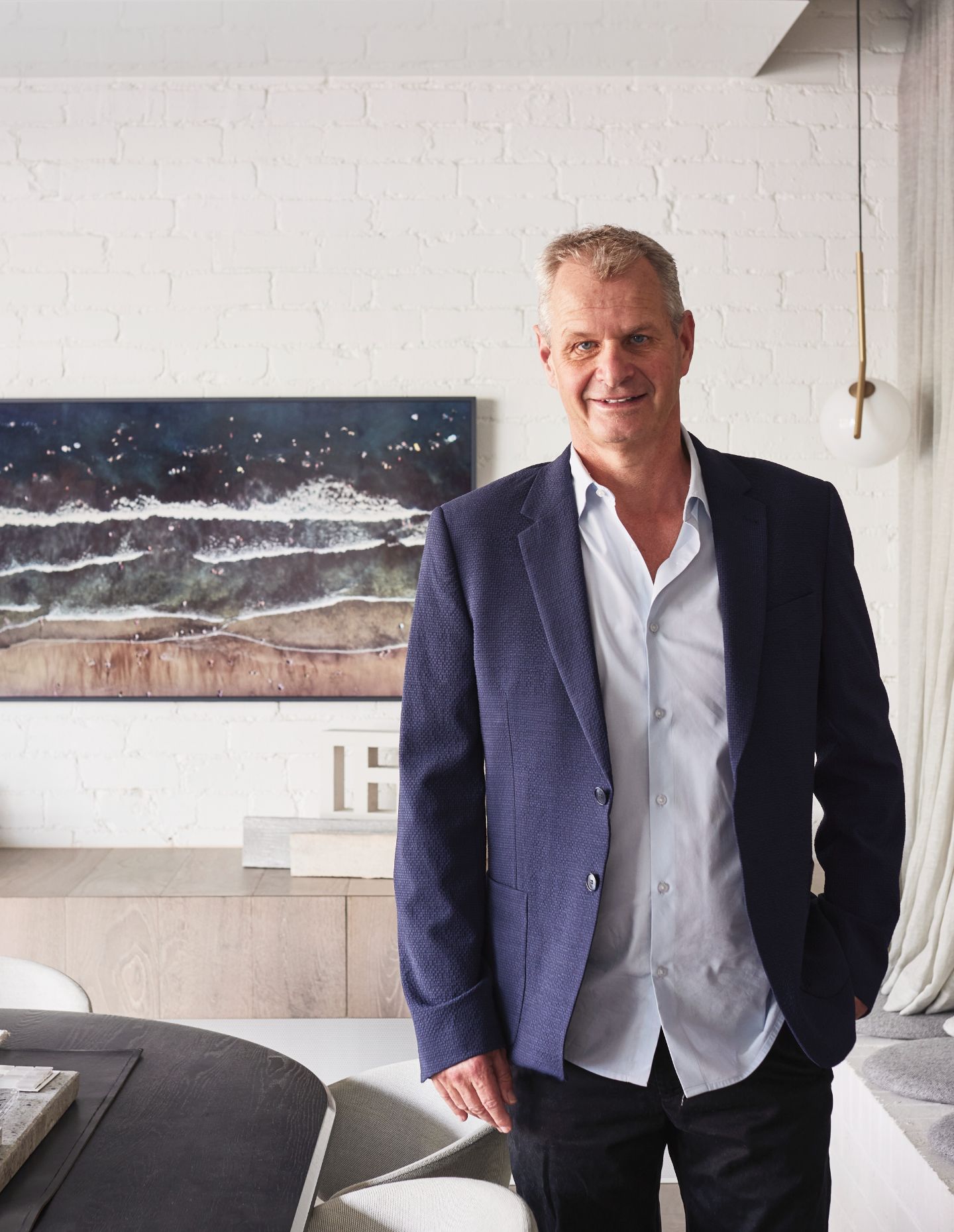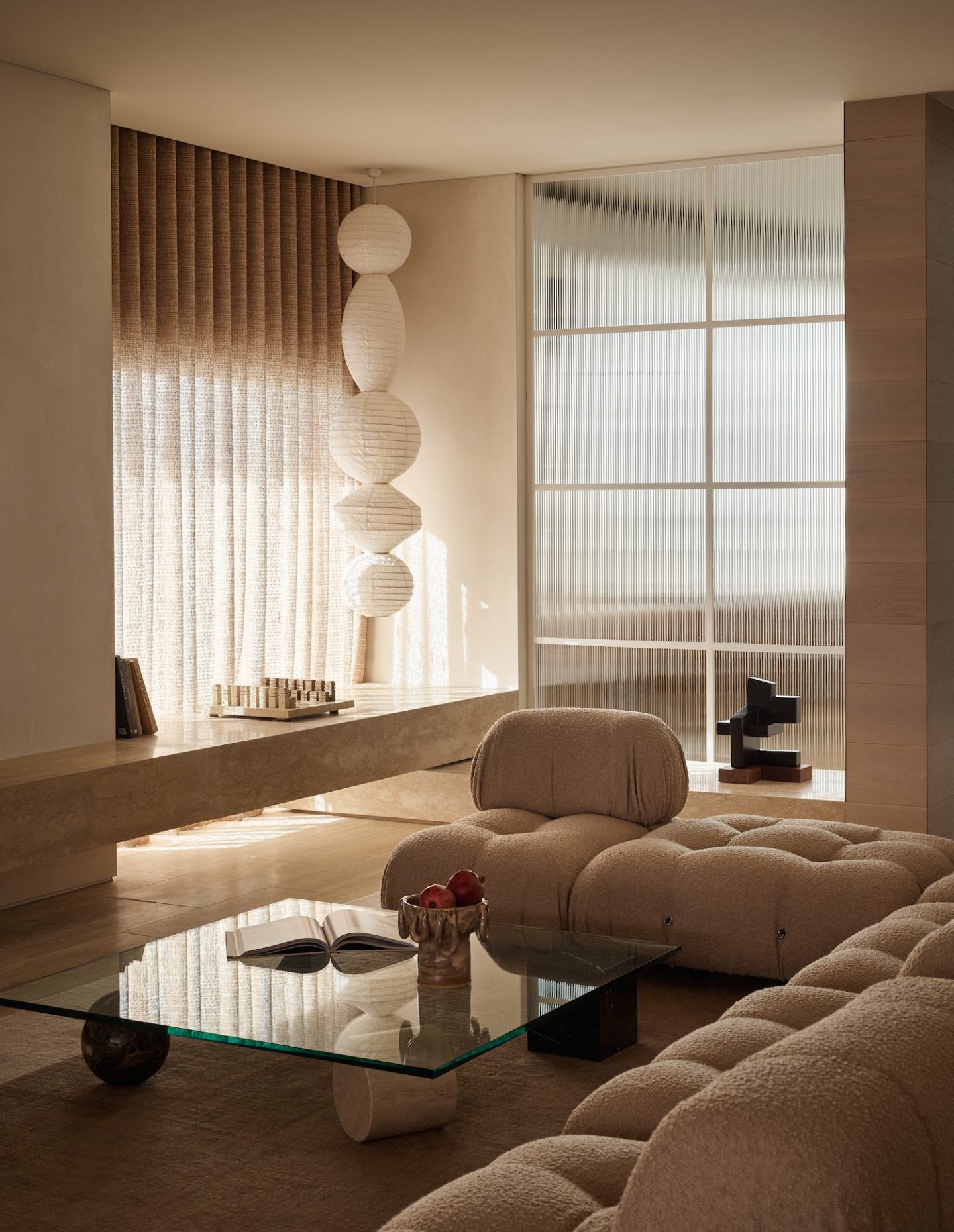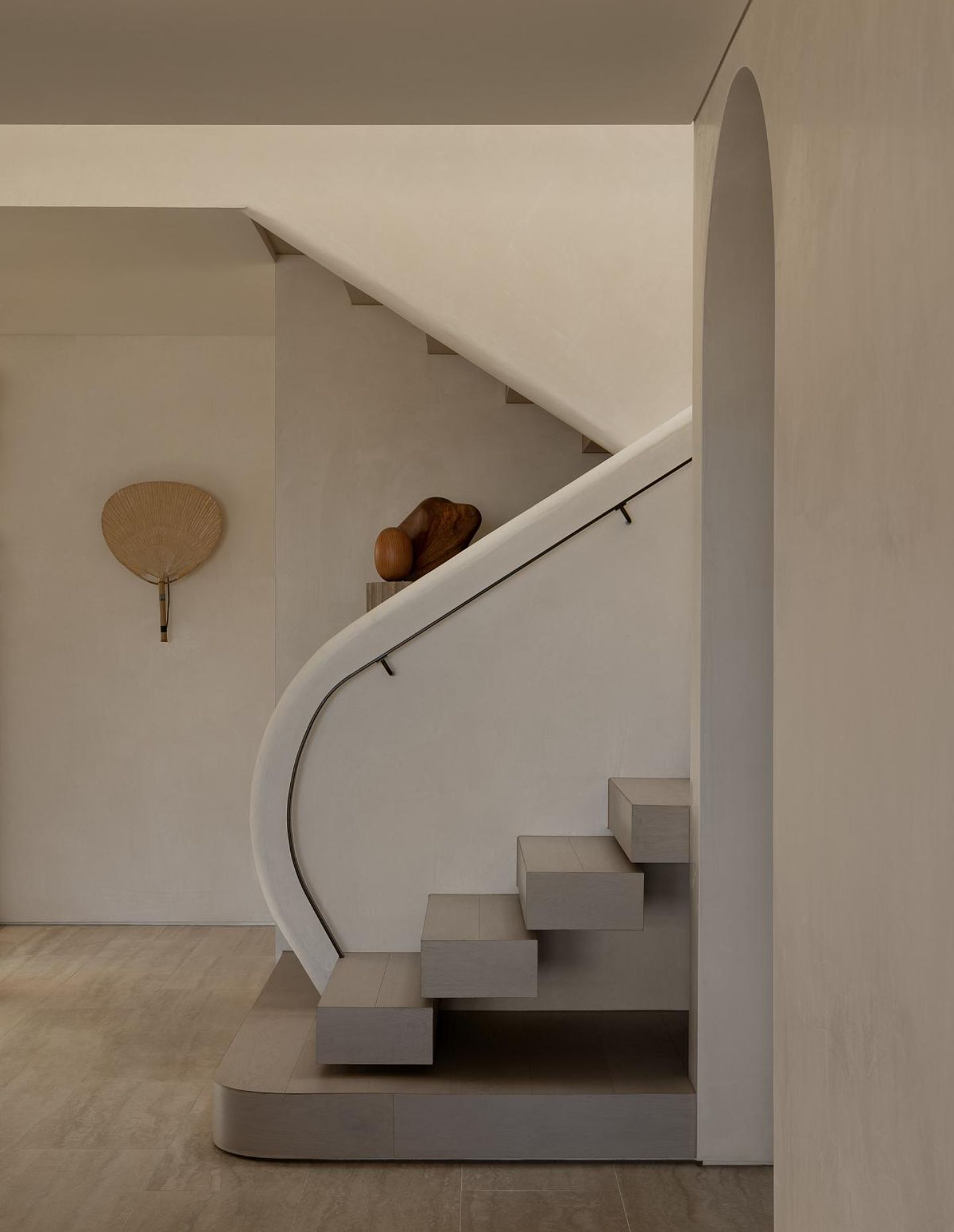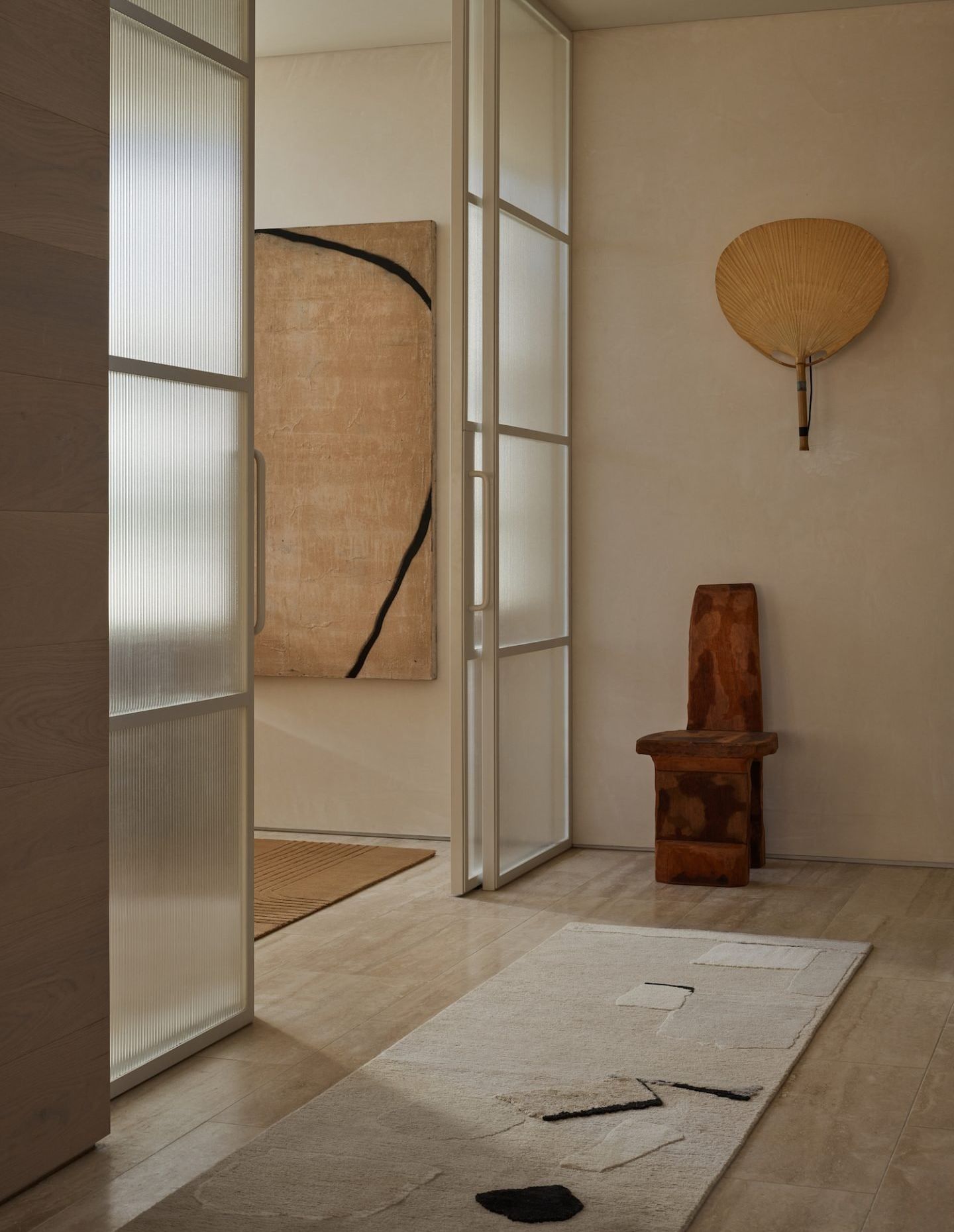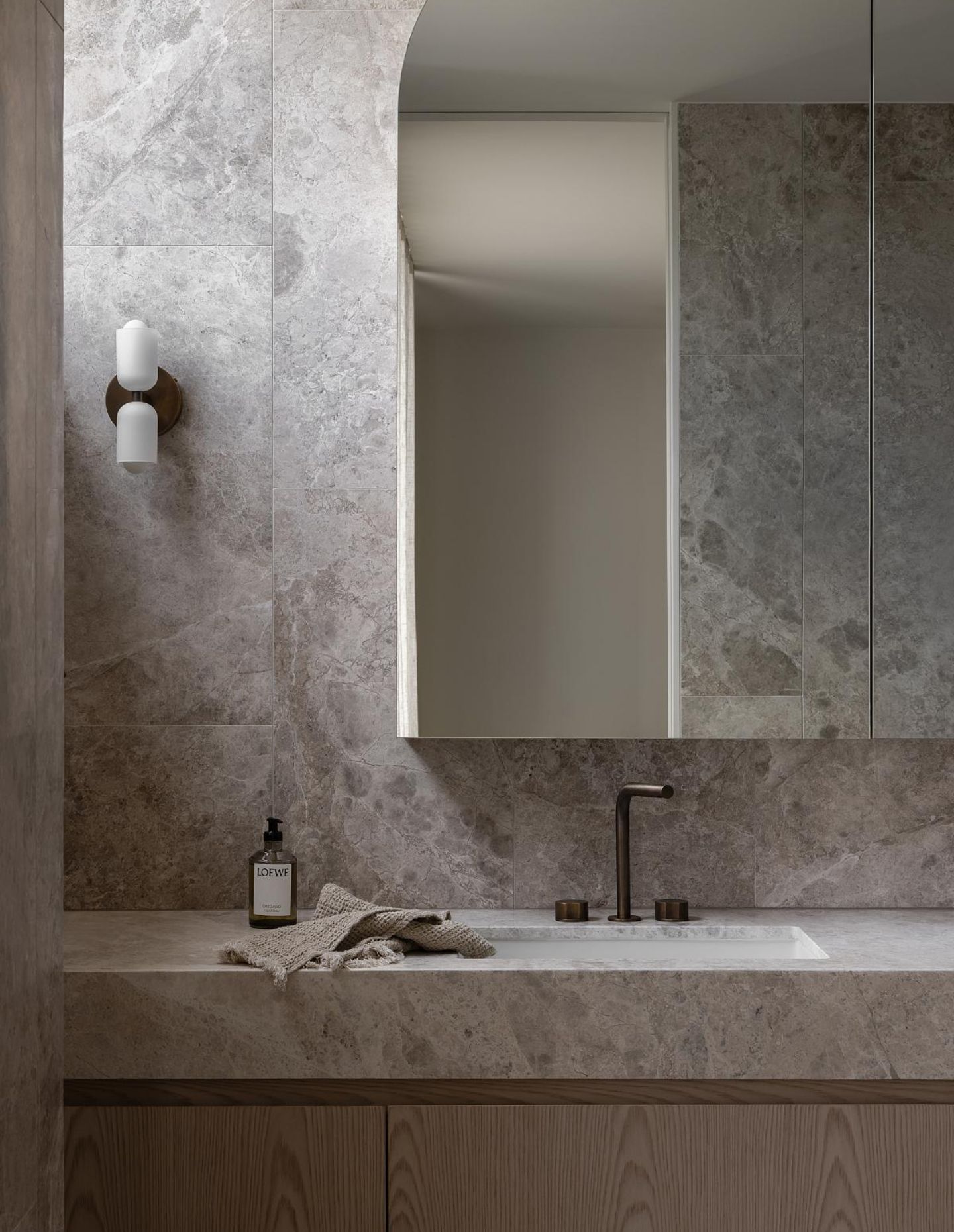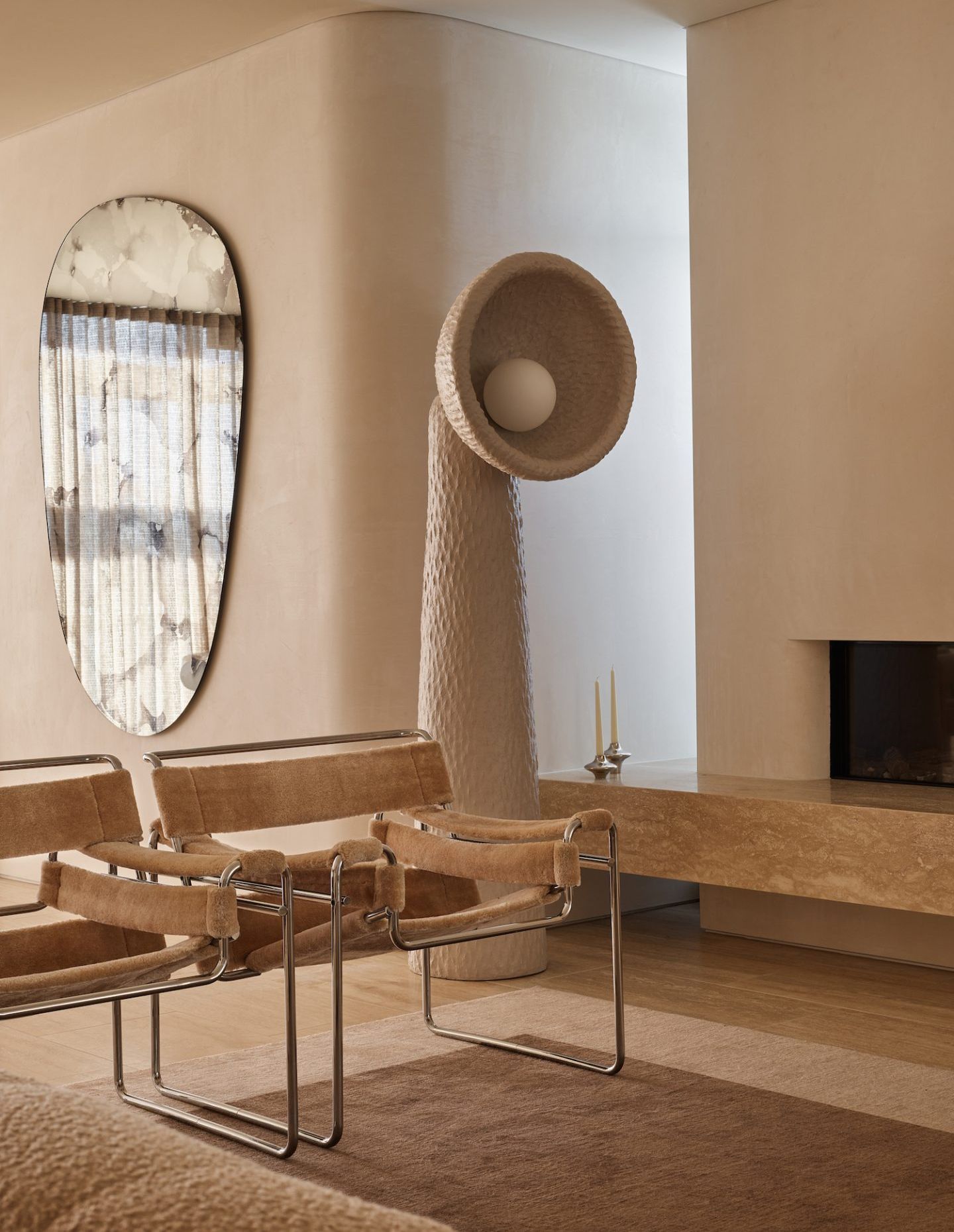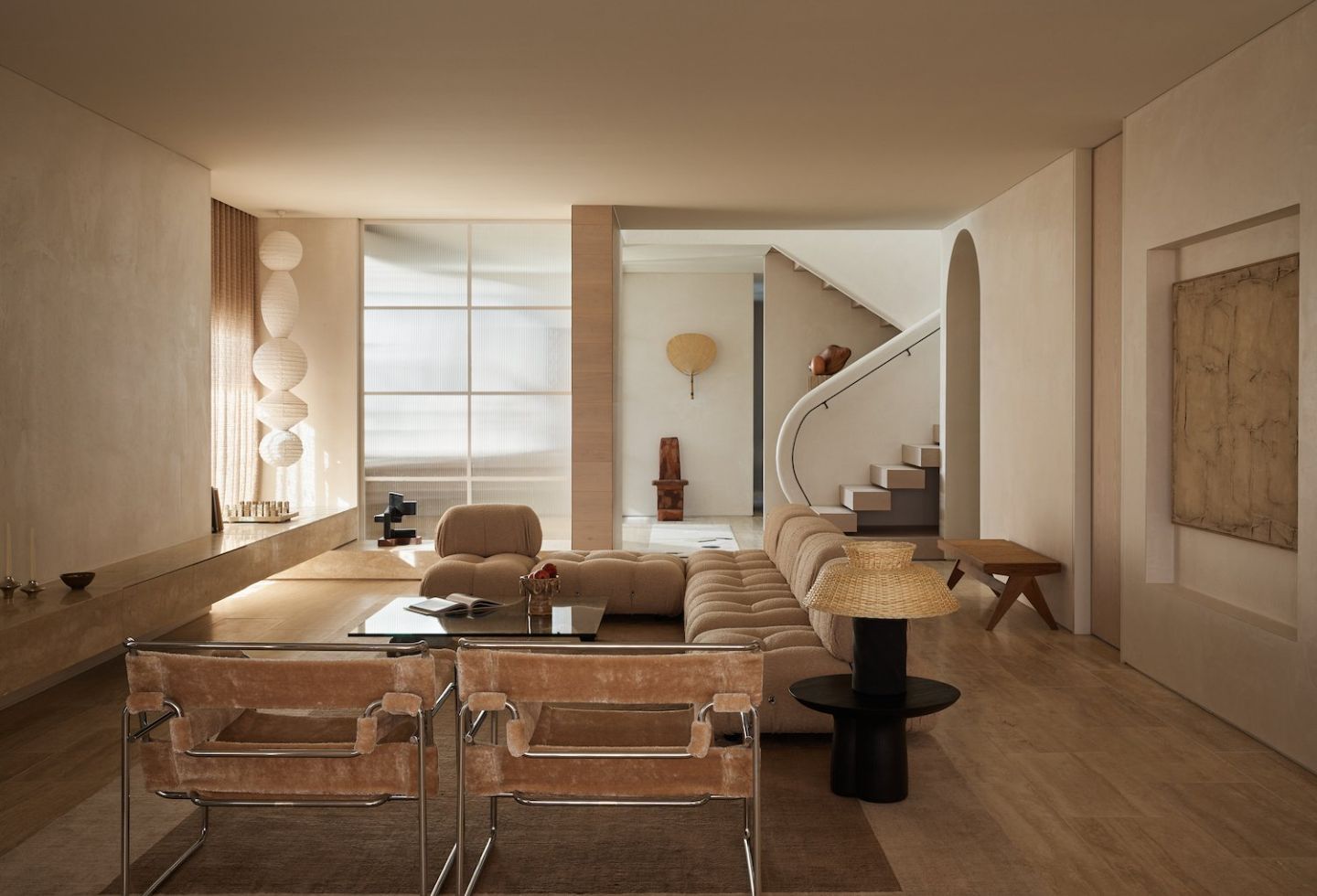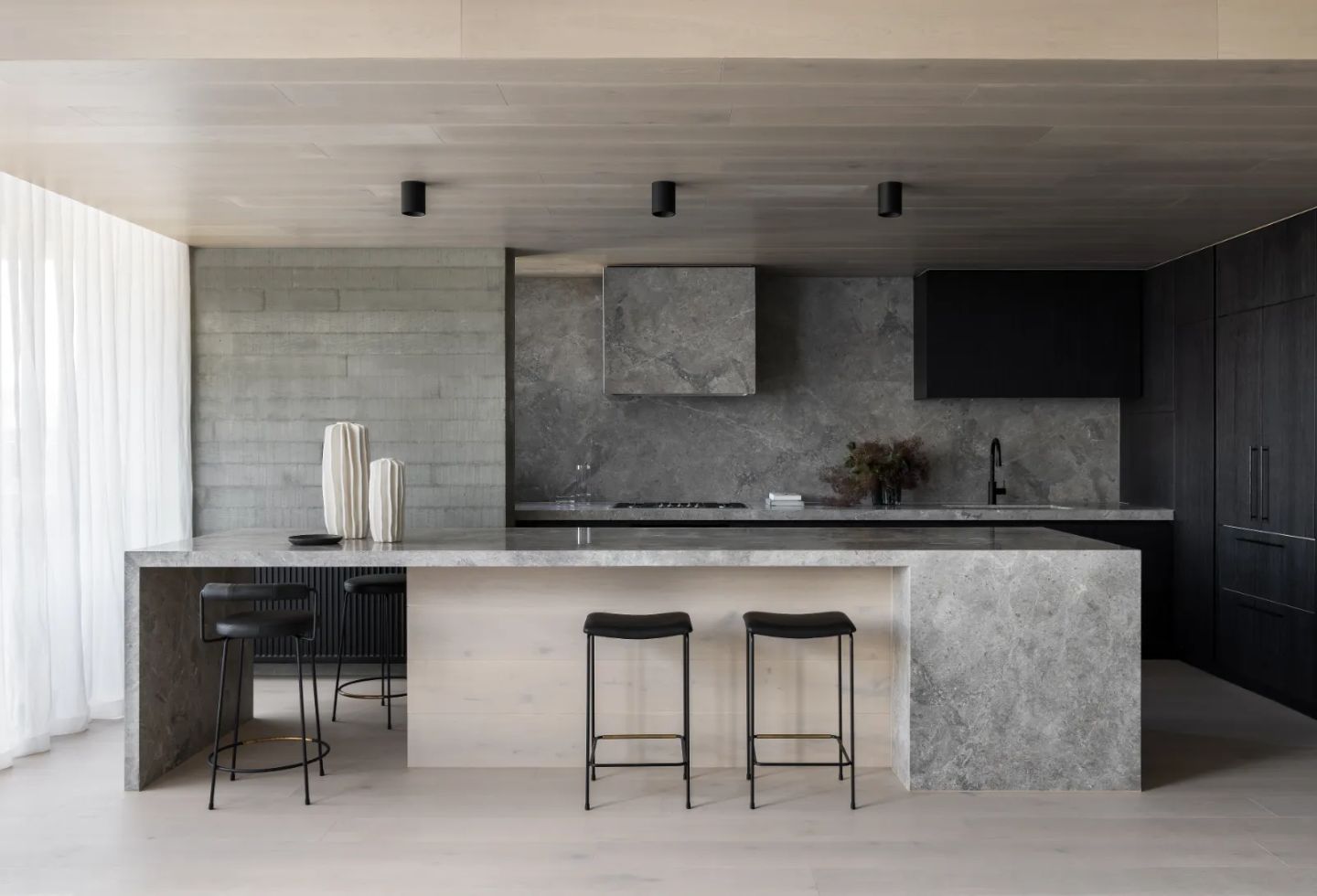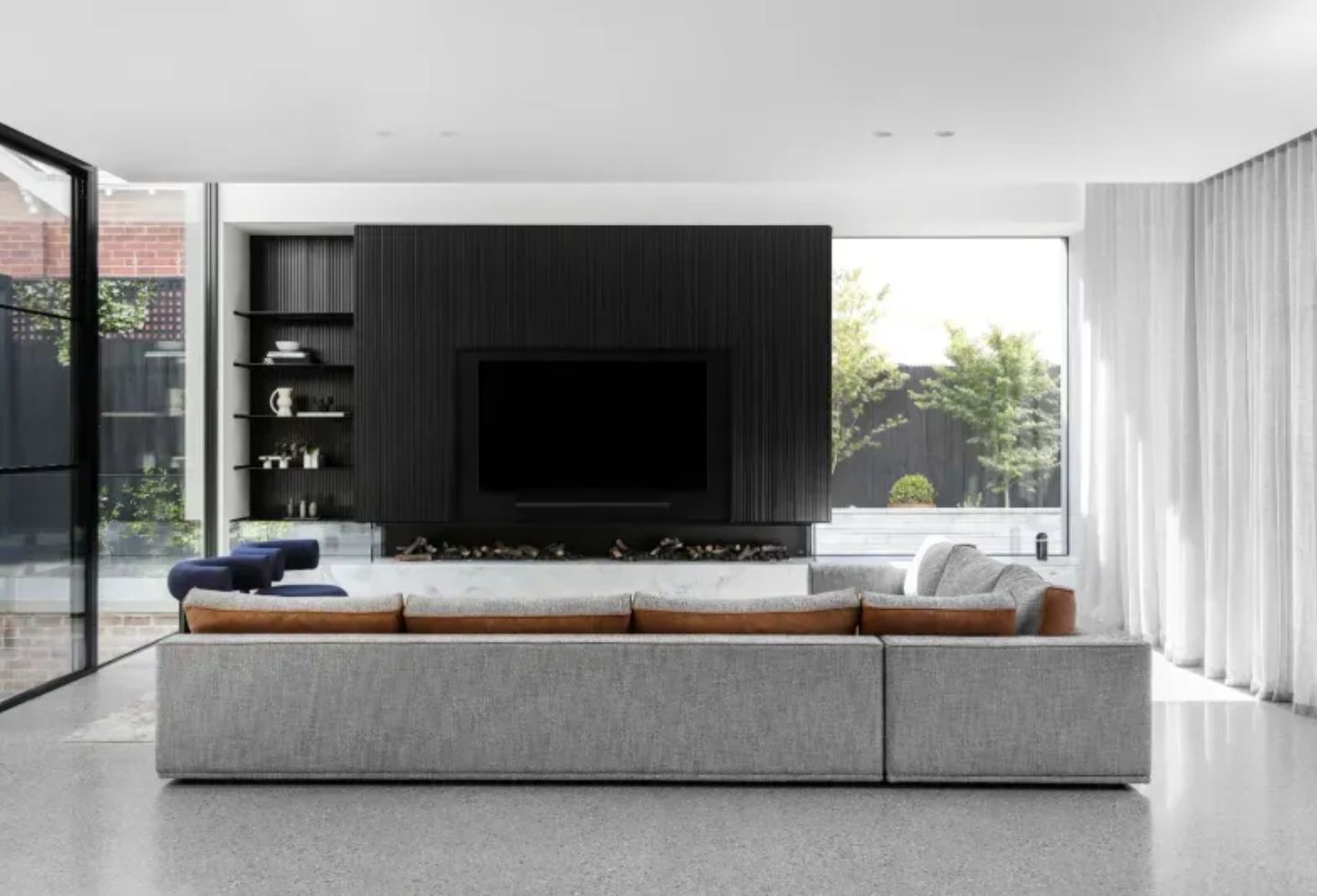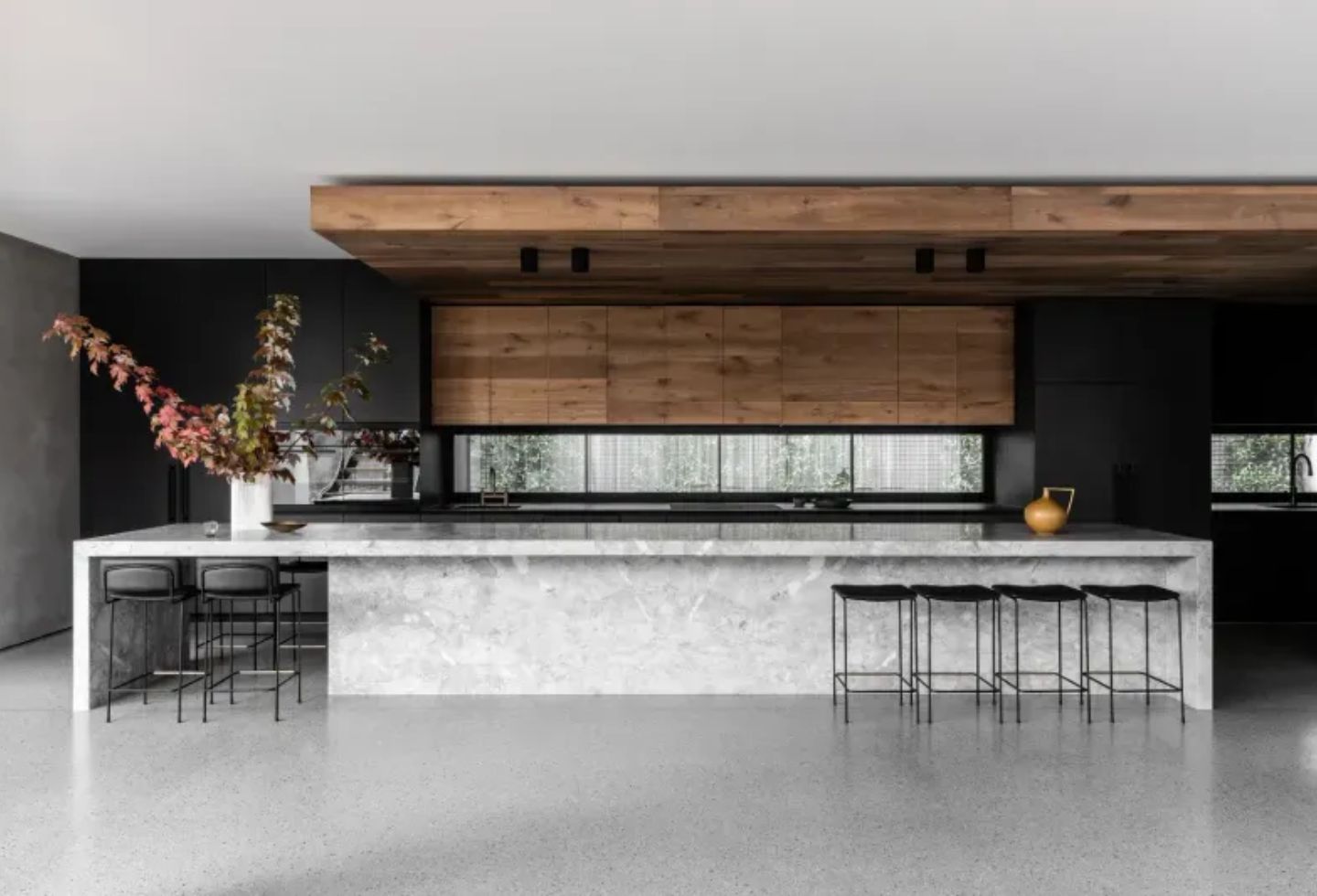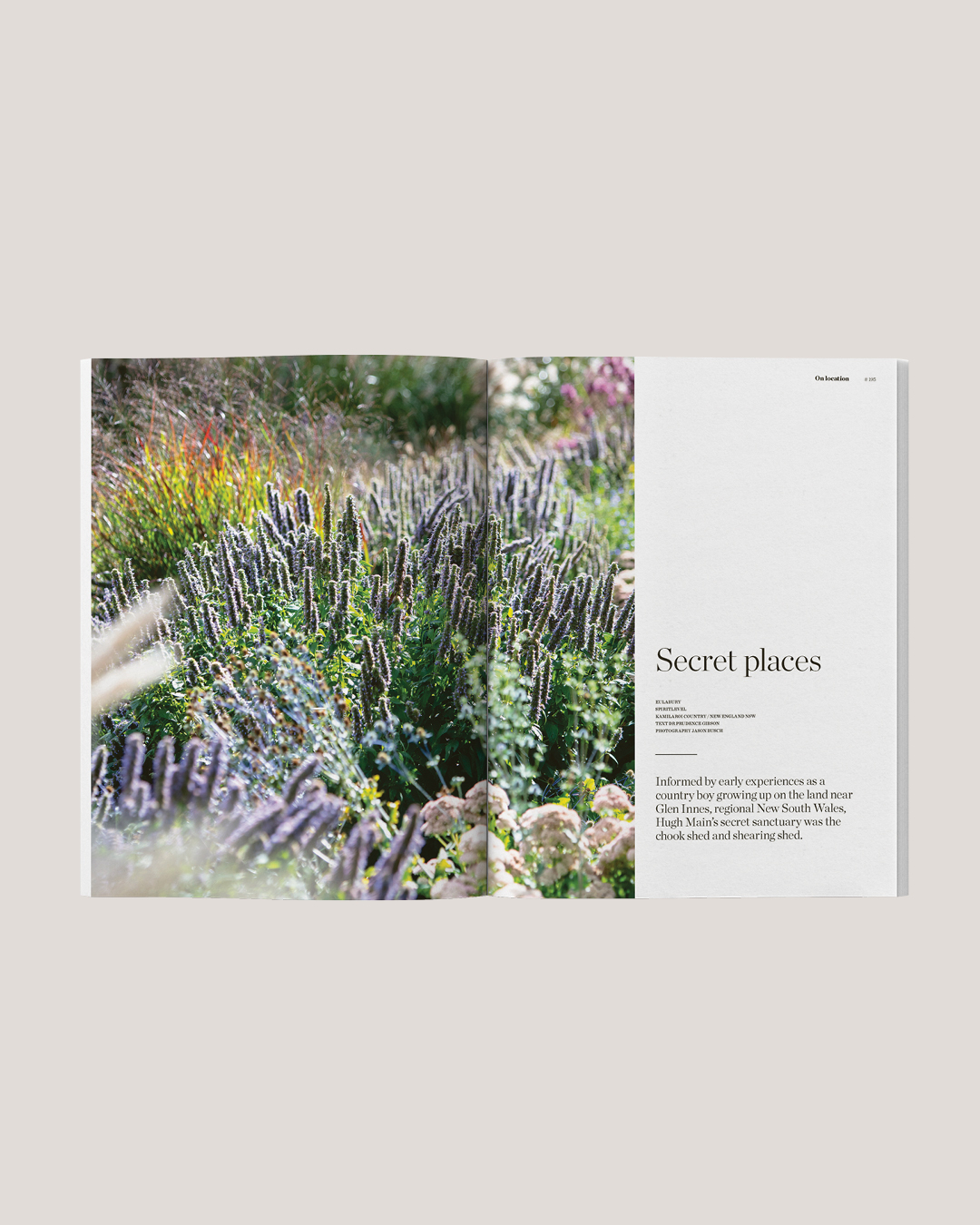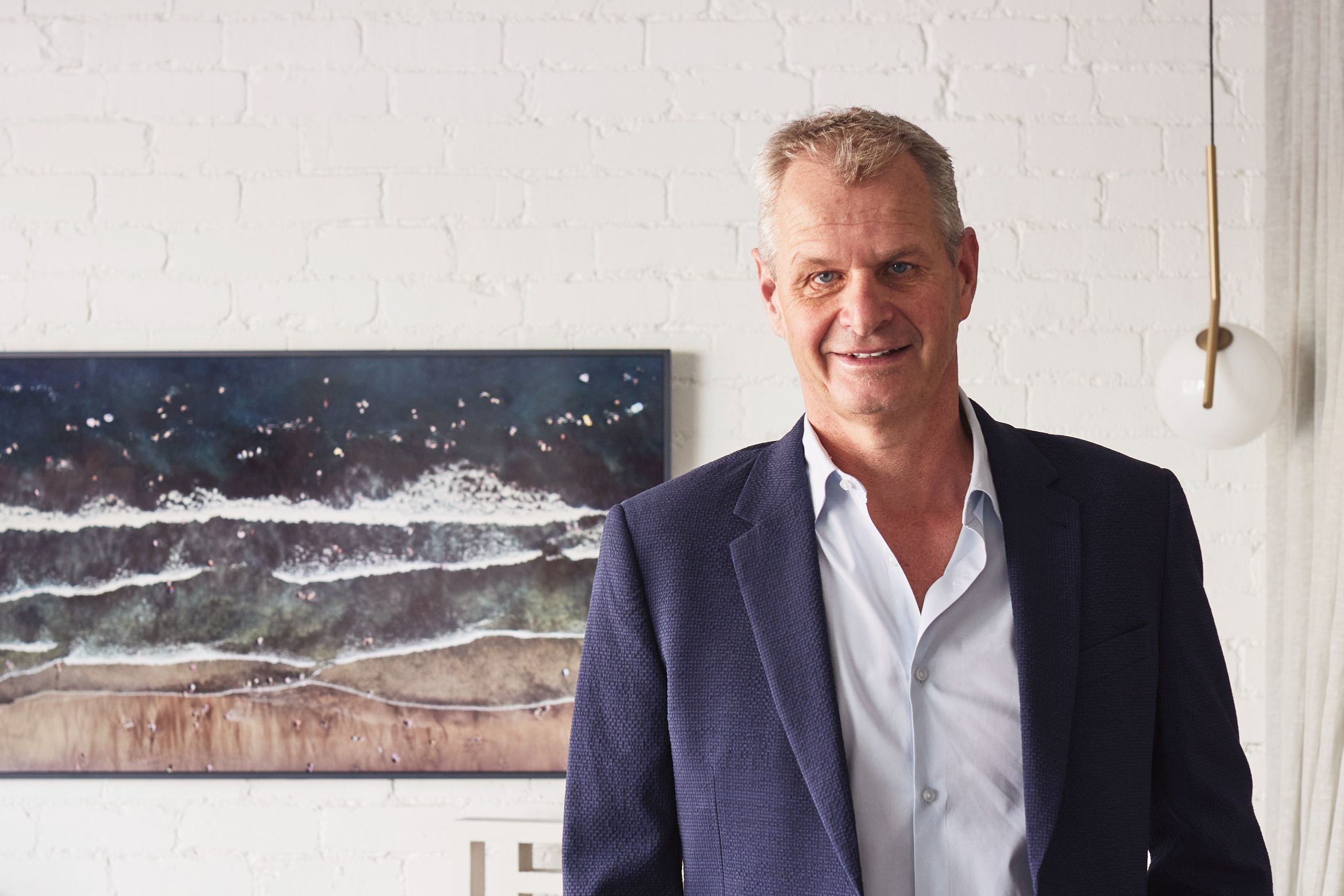Please tell us a bit about your personal background.
I have lived in Brighton for most of my life, and being immersed in the community from such a young age has given me an innate understanding of how people live and interact, both important aspects in the design process.
Growing up, our family home was opposite Brighton Beach Primary School where we spent weekends playing with all the local kids, even establishing our own footy competition, the WFL (Windermere Football League). Many of those childhood friends remain close to this day. In my teen years, I attended St Leonard’s College in East Brighton.
I started in the industry with a carpentry apprenticeship under my brother, Chris. Our father, who was also a builder, sadly passed away when I was 18, and I was fortunate to have Chris guide me into the trade. That experience was invaluable, learning how to build, and also understanding the discipline, precision, and attention to detail required to create something lasting. Those values continue to define mckimm today.
I have always been drawn to sports, particularly tennis, and today I enjoy golf, fitness, travel, and time with my children and my partner, Anna.
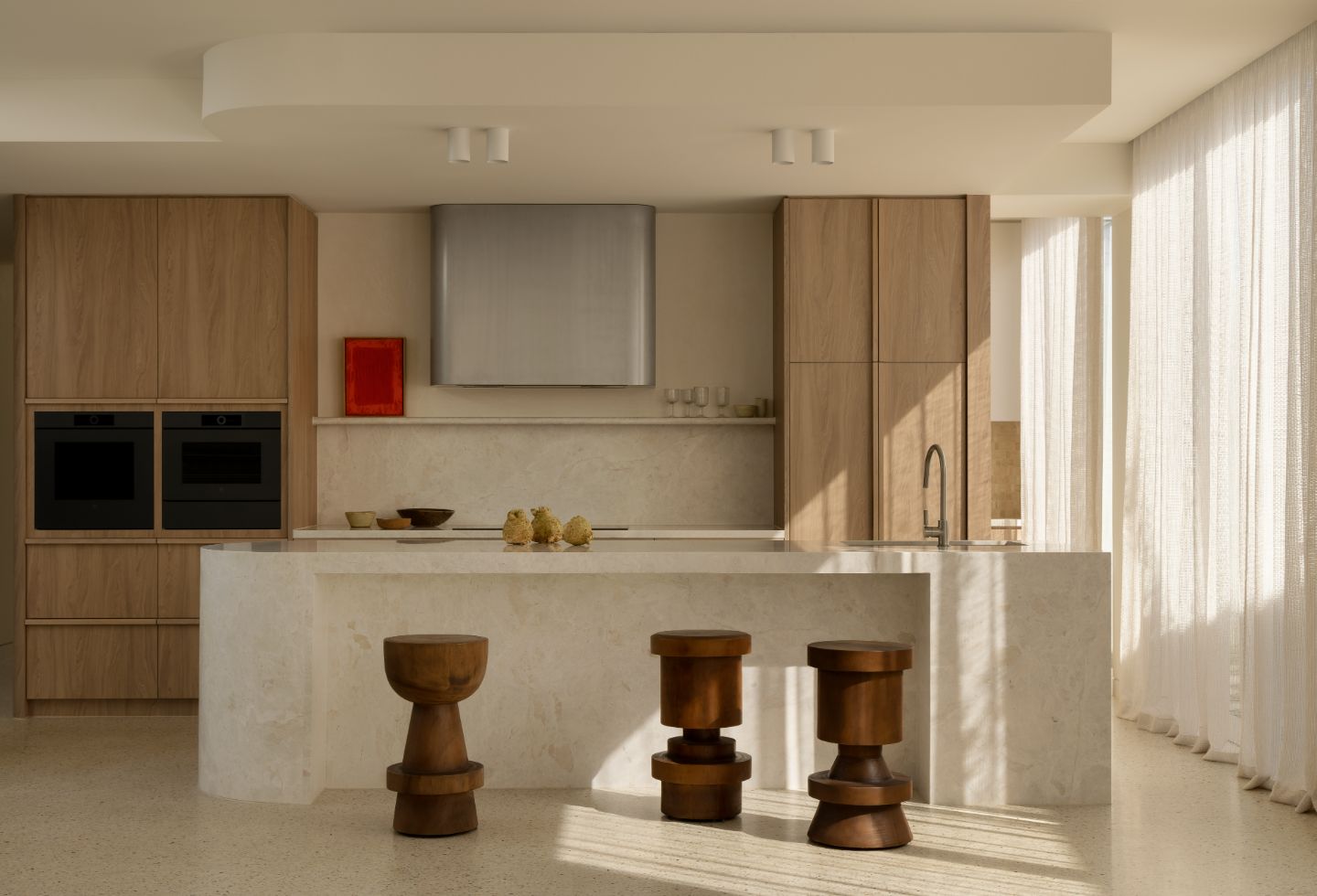
You started out as a carpenter – how has that training and experience shaped your career?
A carpentry apprenticeship offers an important understanding of construction and is the first step to becoming a builder. It is where you learn to integrate with trades and understand how a home is built. Working hands-on gave me an appreciation for not just the build process, but the nuances of detail and execution that define high-end architecture.
Upon completing my apprenticeship, I became a registered builder and established my own practice, mckimm. The transition was much easier, as the foundation had been set through my apprenticeship. I am grateful to have a great mentor in my brother, Chris.
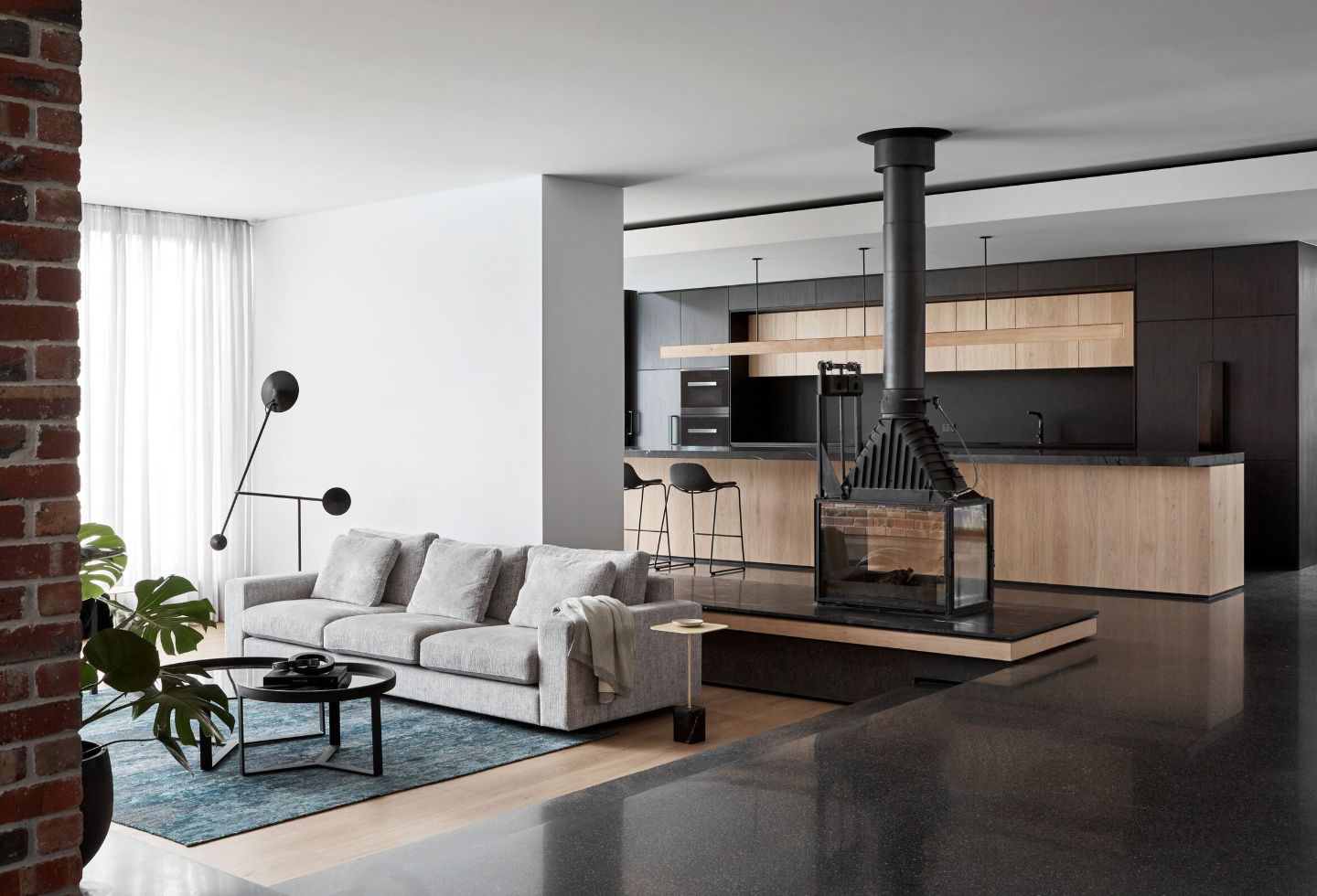
What made you set the practice up?
mckimm was founded on the idea that great architecture isn’t just about design, it’s about how people experience space. Having grown up in Brighton, I already had an innate understanding of the way people live here, the rhythms of the community, and the architectural language of Bayside.
For me, it was never just about starting a business; it was about setting a new standard. I wanted to create something exceptional, where architecture, interior design and construction seamlessly align, where every detail is considered, and where no challenge is too big. This mindset defines mckimm. We thrive on pushing boundaries, embracing complexity and finding solutions.
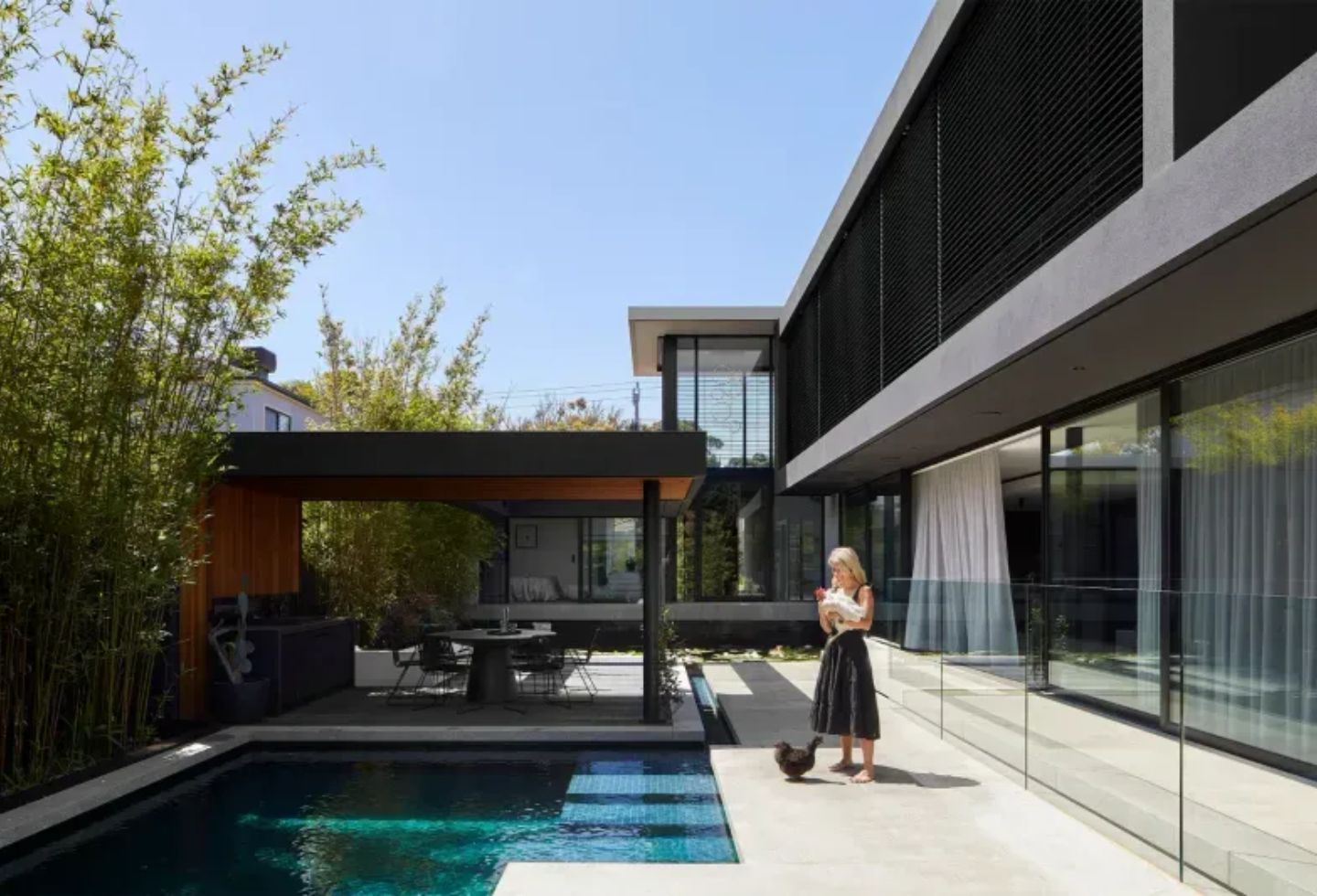
What project are you most proud of?
11 Yuille Street, Brighton was a turning point for mckimm. It was the first project designed by our in-house team, led by Director of Architecture, Lorenzo Garizio, and it gained national recognition when featured on Grand Designs Australia (Season 2, Episode 1). Although it was completed 14 years ago, this project redefined what was possible at the time. Its architectural expression still informs our work today. On a personal level, this was also my family home and an opportunity to work on the design (alongside Lorenzo) but also the build.
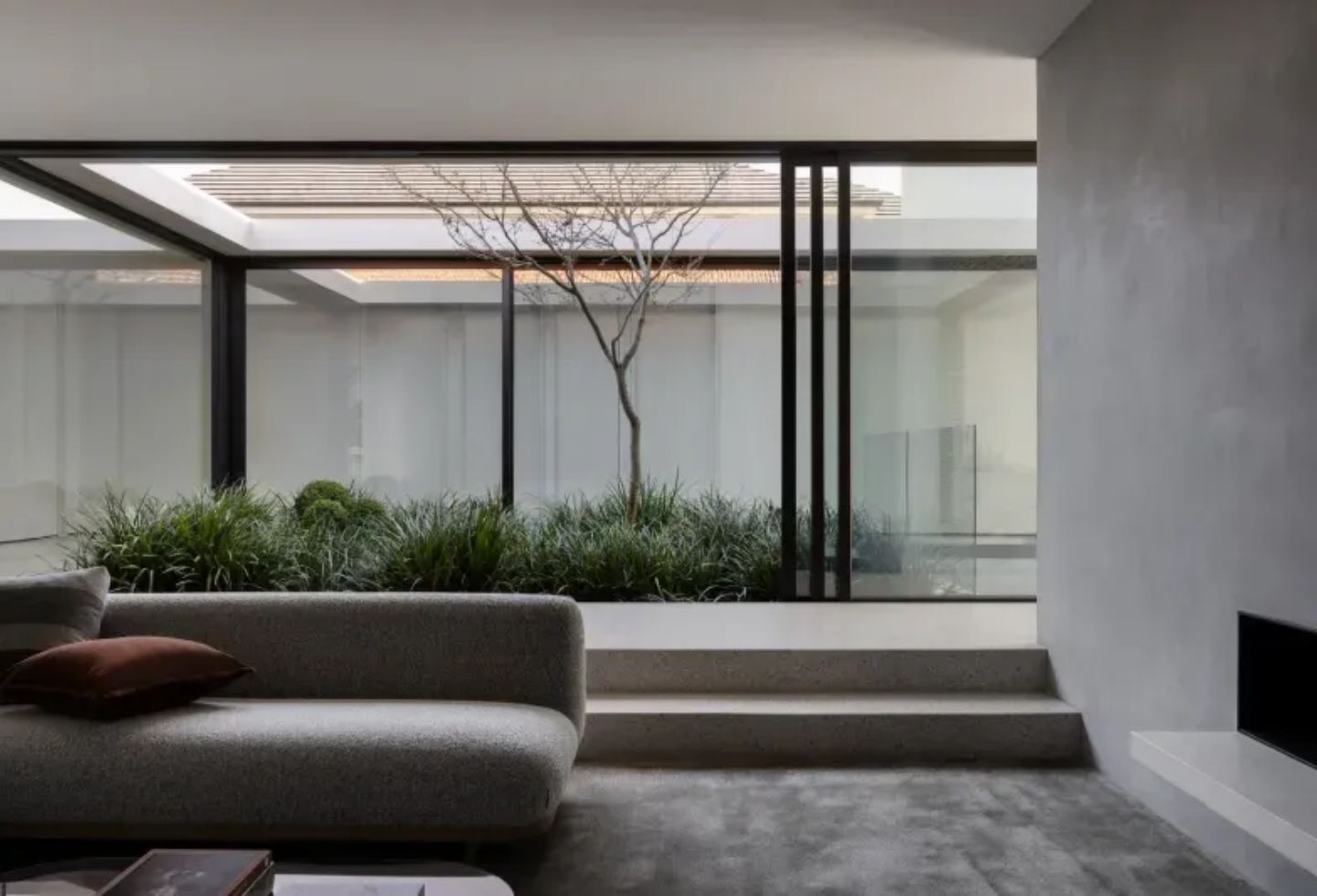
Can you share some thoughts or predictions on the future of luxury design?
The future of luxury design will increasingly embrace biophilic principles, where architecture integrates with nature, bringing the outdoors into the heart of the home. Landscaping will become an essential design element, blurring the lines between indoors and outdoors while enhancing architectural features to elevate both visual appeal and sensory experiences.
Wellness will also remain a central focus, with features such as circadian rhythm-based lighting systems and bespoke acoustic designs, creating environments that support both mental and physical wellbeing. We will see a shift towards more sustainable design practices, favouring materials that are durable and age gracefully. Homes will be designed with a holistic approach, where the environment serves a functional purpose but also nurtures a sense of tranquillity and connection. Ultimately, luxury design will continue to prioritise spaces that are carefully considered, elevating everyday living and creating sanctuaries that stand the test of time.
